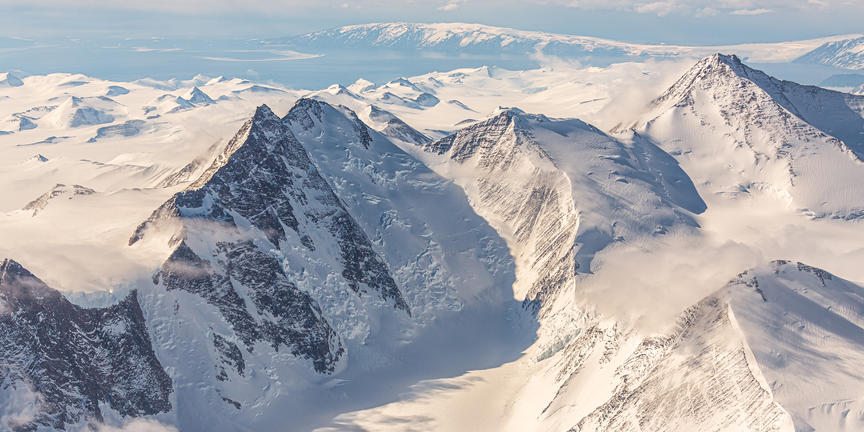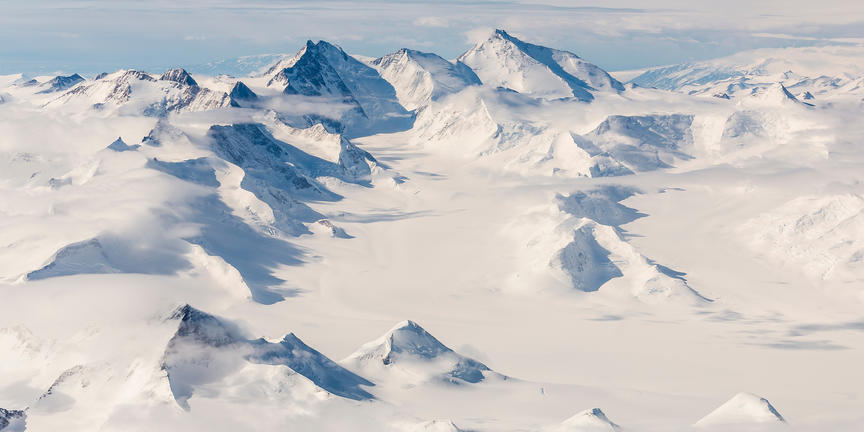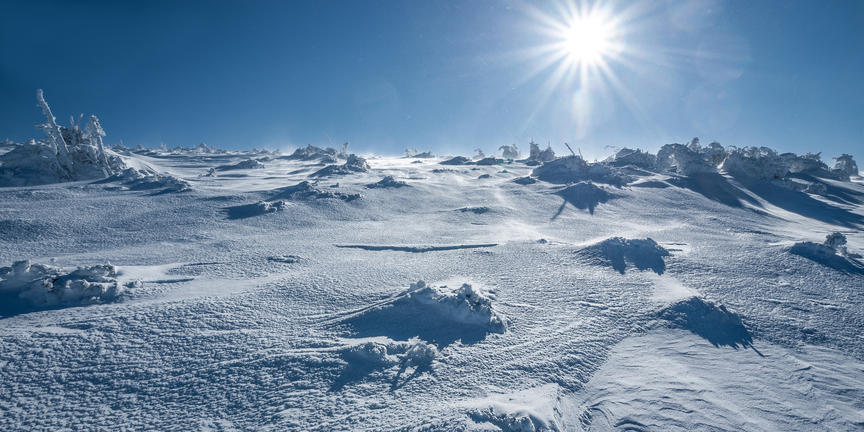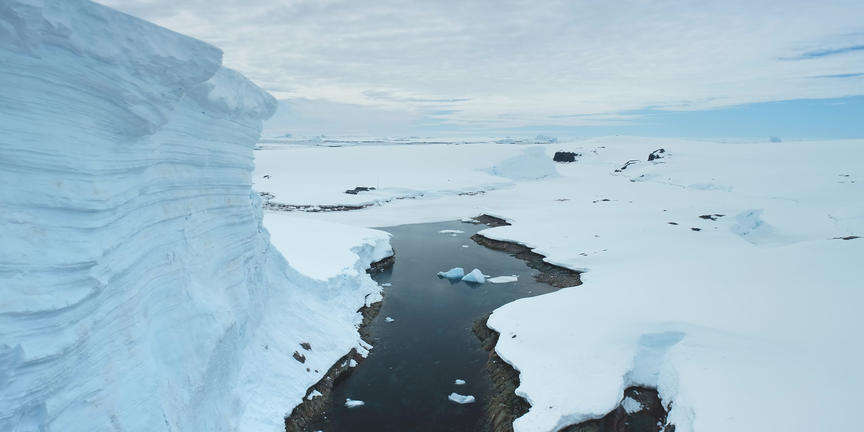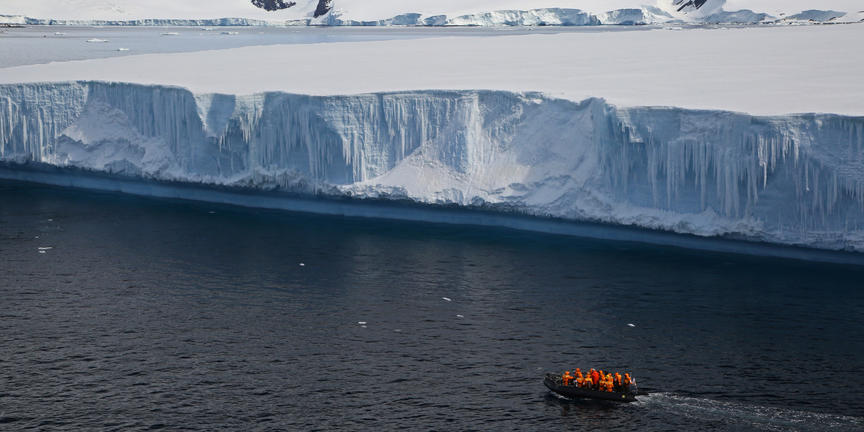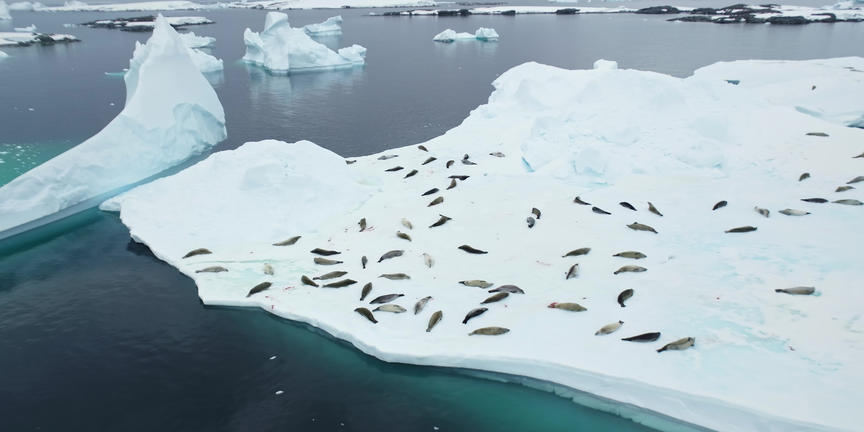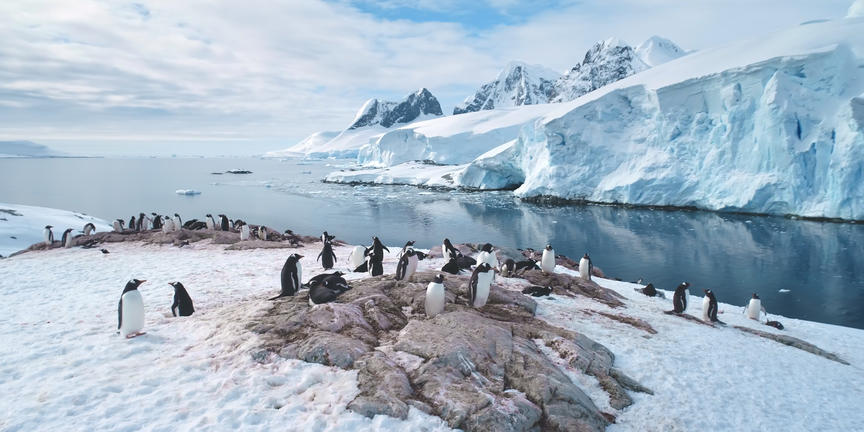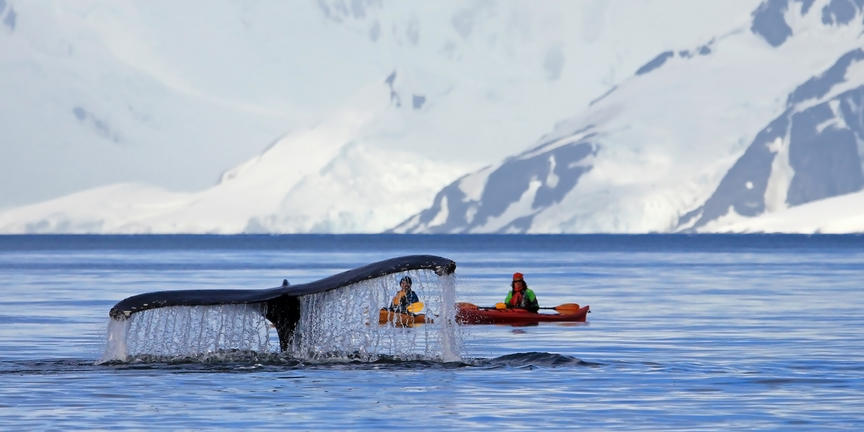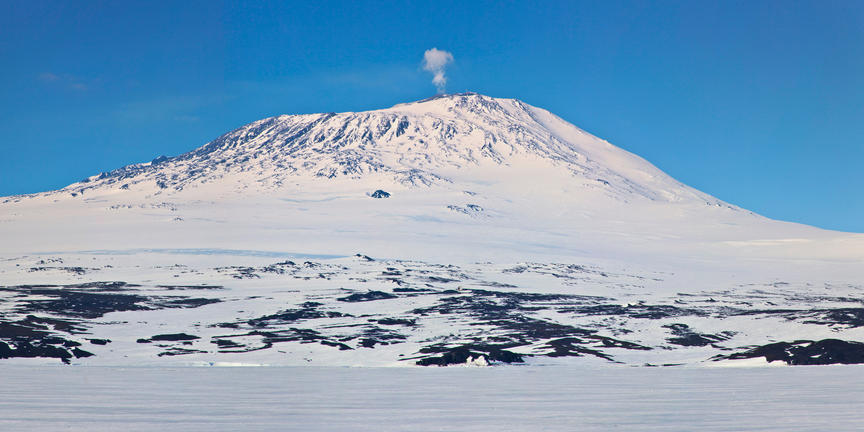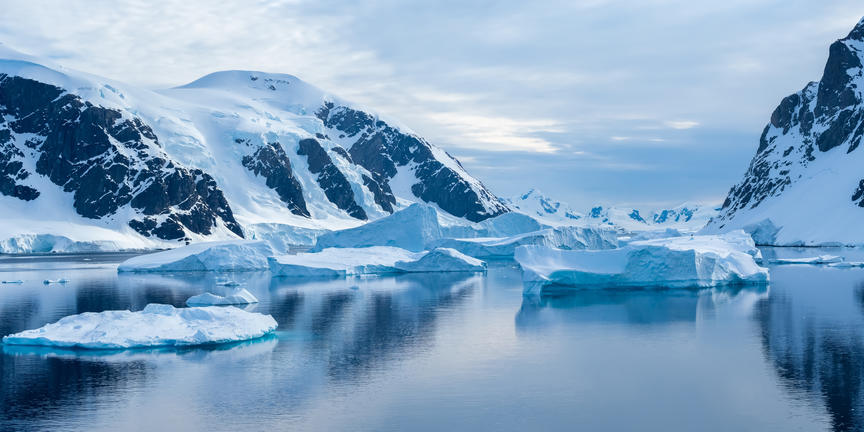Glistening ice sheets dominate Antarctica’s vast landscape, stretching over mountains, valleys, and hidden subglacial lakes. From above, the continent appears as a fractured expanse, ringed by floating ice shelves and edged with jagged coastlines. Almost entirely uninhabited, apart from research stations, Antarctica is the coldest, highest, driest, and windiest continent on Earth, with an interior plateau of compressed snow and a peninsula shaped by steep mountains and rocky outcrops. The Antarctic Circle marks the southernmost latitude where the sun remains visible for 24 hours during the summer, a phenomenon known as the midnight sun, while in winter, the continent is plunged into 24 hours of darkness, known as the polar night. Volcanic peaks, such as Mount Erebus, rise through the ice, and the Ross and Ronne shelves extend into the Southern Ocean. Historic huts from early explorers like Scott and Shackleton remain as relics of their expeditions. Visitors to this desolate wilderness partake in wildlife viewing, guided hikes, sea kayaking, and overnight camping — all under strict environmental controls.
